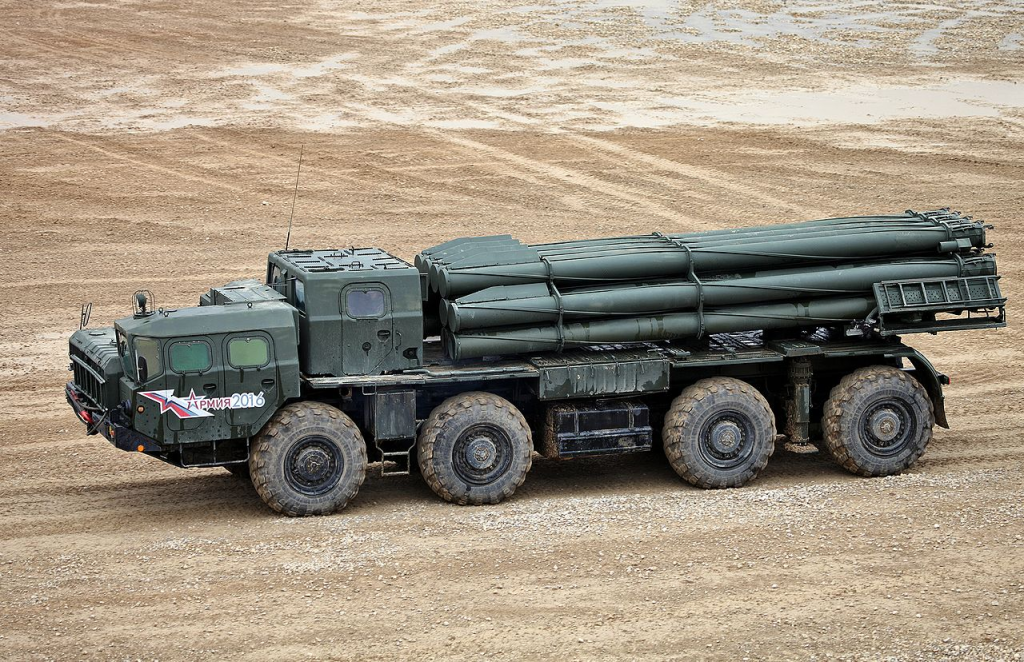
“In modern war, rarity is no shield against destruction.” That truth was underlined anew as Ukrainian special forces destroyed one of the most powerful and rare artillery assets of Russia deep behind enemy lines. The strike was more than another battlefield success; it showed the growing reach, precision, and adaptability of Ukraine’s drone warfare.
Well into the fourth year of the full-scale invasion, the Ukrainian military has continued to destroy high-value Russian systems. Recent destruction of a BM-30 ‘Smerch’ multiple launch rocket system-most probably in its upgraded Tornado‑S variant-emphasizes operational ingenuity on the part of Ukrainian forces and weaknesses in even the most prized Russian long-range artillery. Three compelling points arise in that respect: firstly, the operation in and of itself; secondly, the weapon involved; and thirdly, the technological and tactical landscape surrounding the strike that made it possible.
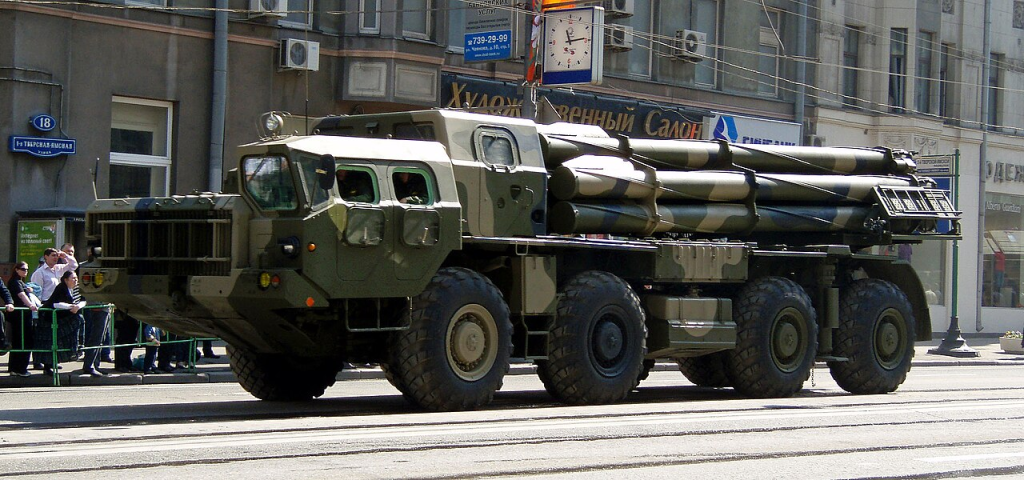
1. The BM-30 Smerch: A Soviet-era Heavy Hitter
The BM-30 Smerch entered service in 1987 and was one of the most powerful MLRS systems in the Soviet arsenal at the time of induction. Mounting 12 launch tubes for 300mm rockets, it is capable of delivering high-explosive or cluster munitions to ranges up to 70 km and, with modern guided rounds, up to 120 km. The Smerch has been designed to neutralize tactical missile systems, airfields, artillery units, and troop concentrations and is therefore a strategic-level asset. Its relative rarity in the current war makes each loss significant, with open-source tracking showing only three destroyed since 2022.

2. Deep-Strike Precision at 33 Kilometres Behind Lines
Analysts from the Cyber Boroshno channel geolocated the destroyed launcher to about 33 km inside Russian-held Kherson. A strike that far beyond the front reflects growth in Ukraine’s capability to penetrate what earlier was considered secure rear areas. This is part of the bigger trend whereby strike drones now routinely operate 20-30 km behind enemy lines, reaching as far as 60 km in optimal conditions.
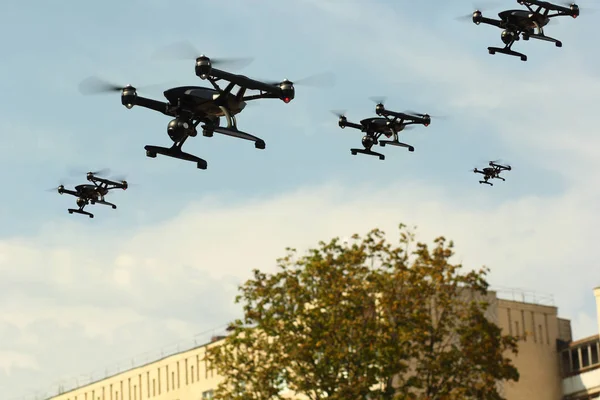
3. Tactics of Layered Drone Attack
The first to hit would be the FPV first-person view drone, followed by a bomber drone with heavier munitions. “Multiple hits on the rocket container initiated a catastrophic detonation, engulfing the launcher in fire,” Militarnyi reported. What that does reflect from Ukraine, in fact, is an integration of drones into rapid sensor-to-shooter loops, usually compressing engagement cycles below three minutes in a “stacked” approach: reconnaissance – precision strike – follow-up.
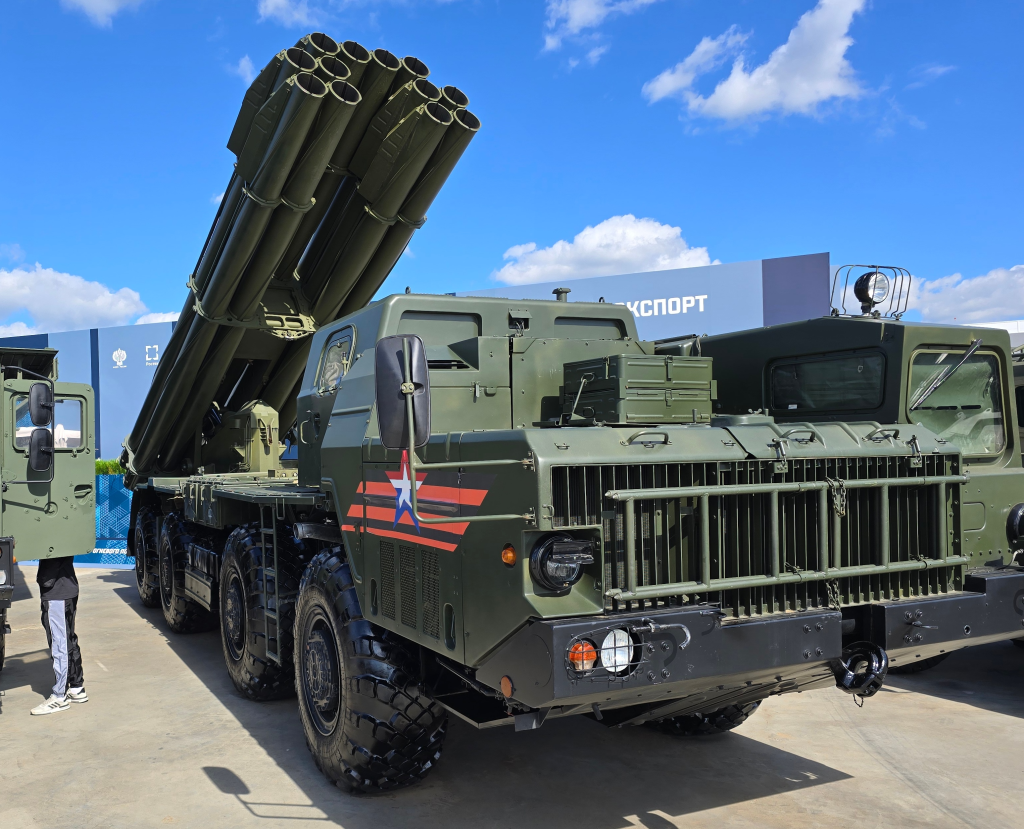
4. The Possible Tornado‑S Variant Loss
Express suggested that the destroyed system might be a Tornado‑S, Russia’s modernized BM-30, with better range and accuracy, featuring digital fire control. Confirmation would make it the first documented loss of the variant-a blow to Moscow’s long-range strike capability. The Tornado‑S is at the core of Russia’s push for NATO-standard artillery ranges; loss of such weapons is thus strategically significant.

5. Drone Warfare An Expanding Role
This strike underlines how drones have turned from niche support tools into principal strike assets. Under the command of Lasar, Ukrainian units now use an expanding array of AI-assisted targeting, fiber-optic guidance to defeat jamming, and modular payloads. With drone-delivered munitions accounting for as much as 70% of strikes, artillery’s share is down sharply due to cost-effectiveness and precision advantages in this munition-scarce war.
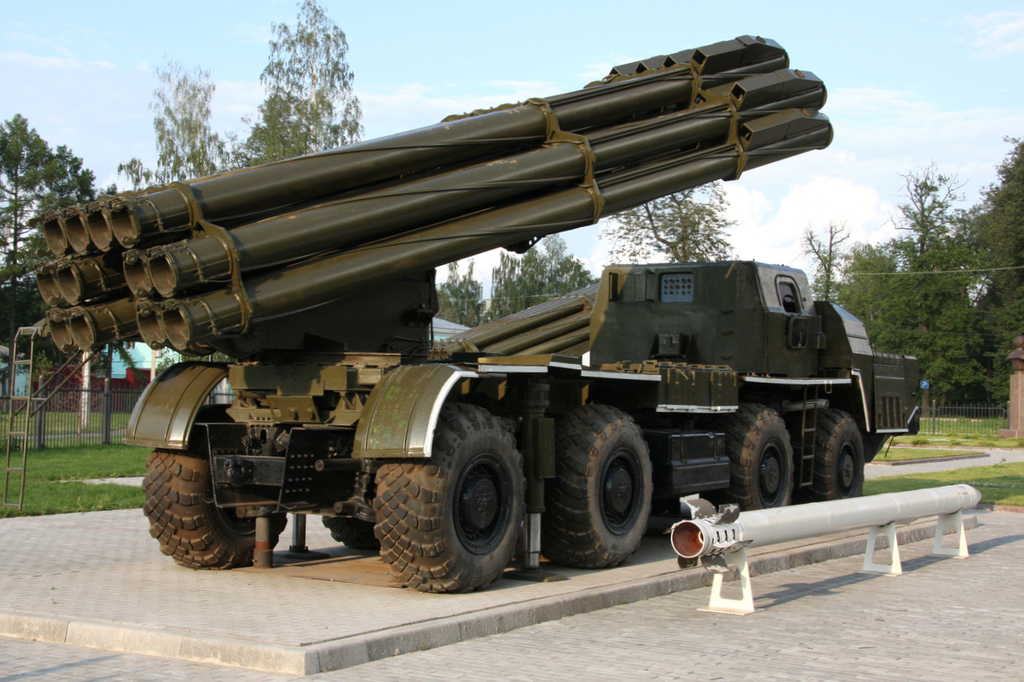
6. Countering Russian Electronic Warfare
Veteran operators say Russian jamming has downed as many as 31 percent of FPV sorties in some sectors. Frequency-hopping radios, signal retransmission drones, and even fiber-optic control lines are part of Ukraine’s answer. The success of the BM-30 strike suggests effective EW mitigation, which was a very important aspect of working far inside hostile territory, where GPS denial and spectrum congestion are high.
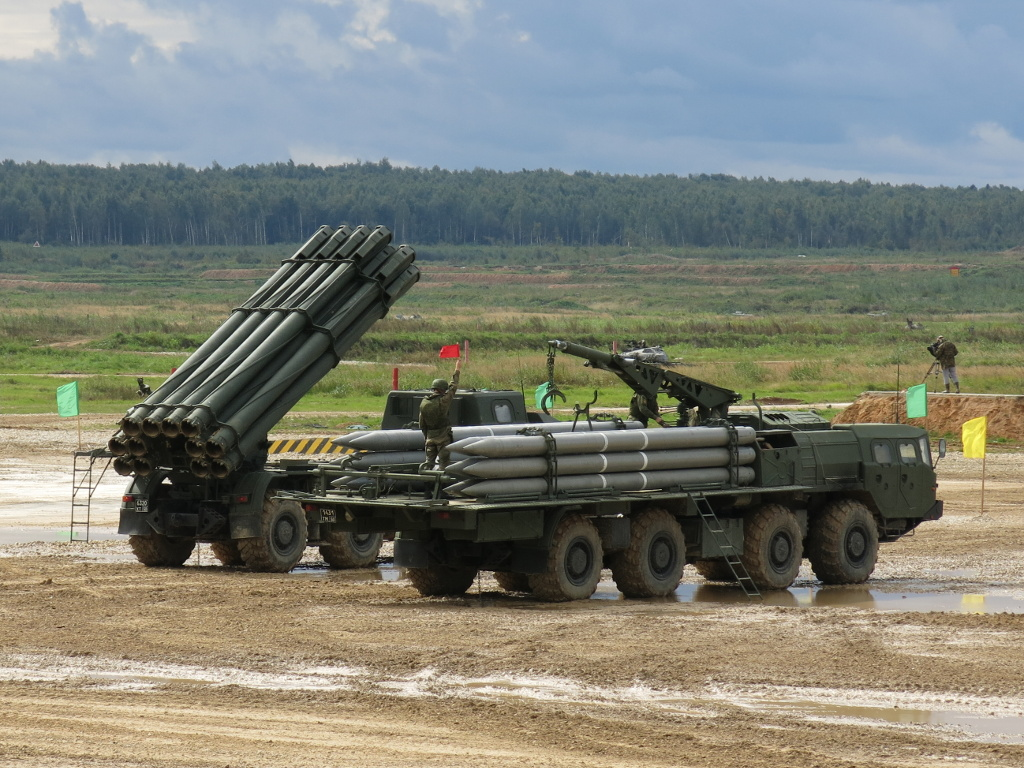
7. Exposure of High-Value Assets
Yet for all its range and destructive power, the Smerch is of a size and firing signature that makes it susceptible to detection. Once its launches were spotted in Mykolaiv and Kherson, tracking and targeting were a matter of persistence.

8. Integration of Reconnaissance and Fires
The Ukrainian doctrine breaks from massed Soviet-style barrages in favor of precision fires integrated into live drone feeds. Along with other systems, the Kropyva digital fire control network links UAVs, artillery, and command nodes in real time. In this case, aerial reconnaissance cued strike drones directly, bypassing slower hierarchical targeting chains to enable a rapid kill before the launcher could relocate.

9. Strategic and Psychological Impact
Beyond the material loss, destroying a rare or modernized MLRS deep in occupied territory sends a message to Russian commanders that nothing is out of reach. It also boosts Ukrainian morale and reinforces international perceptions of Kyiv’s technological adaptability. Every such loss for Moscow erodes the long-range firepower and forces costly reallocations of scarce systems to positions that are safer but less effective.
The Tornado‑S, which the BM-30 is likely to be, is more than just a tactical win. It speaks to the transformation of the battlefield: unmanned systems, rapid targeting, and deep-strike capabilities are all redefining artillery warfare. For Ukraine, it’s proof that innovation and integration can offset numeric disadvantages. For Russia, it’s a warning that even its rarest and most advanced weapons are no longer safe in the rear.


